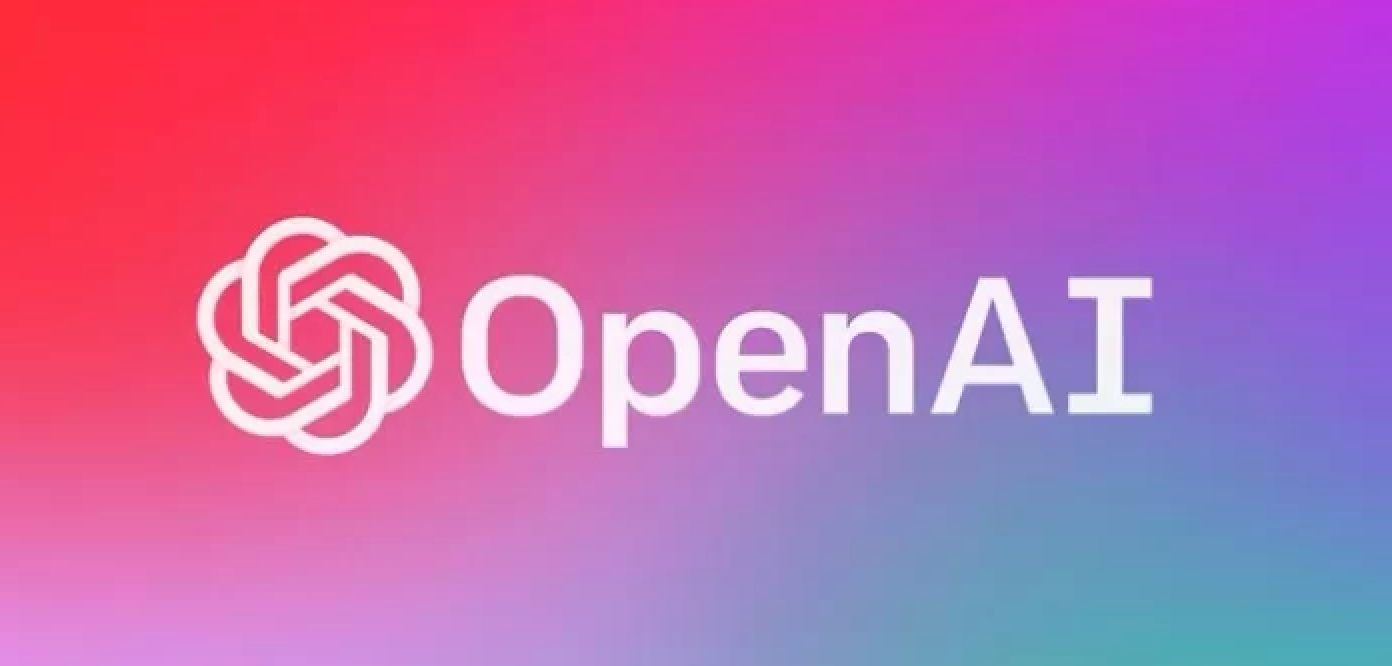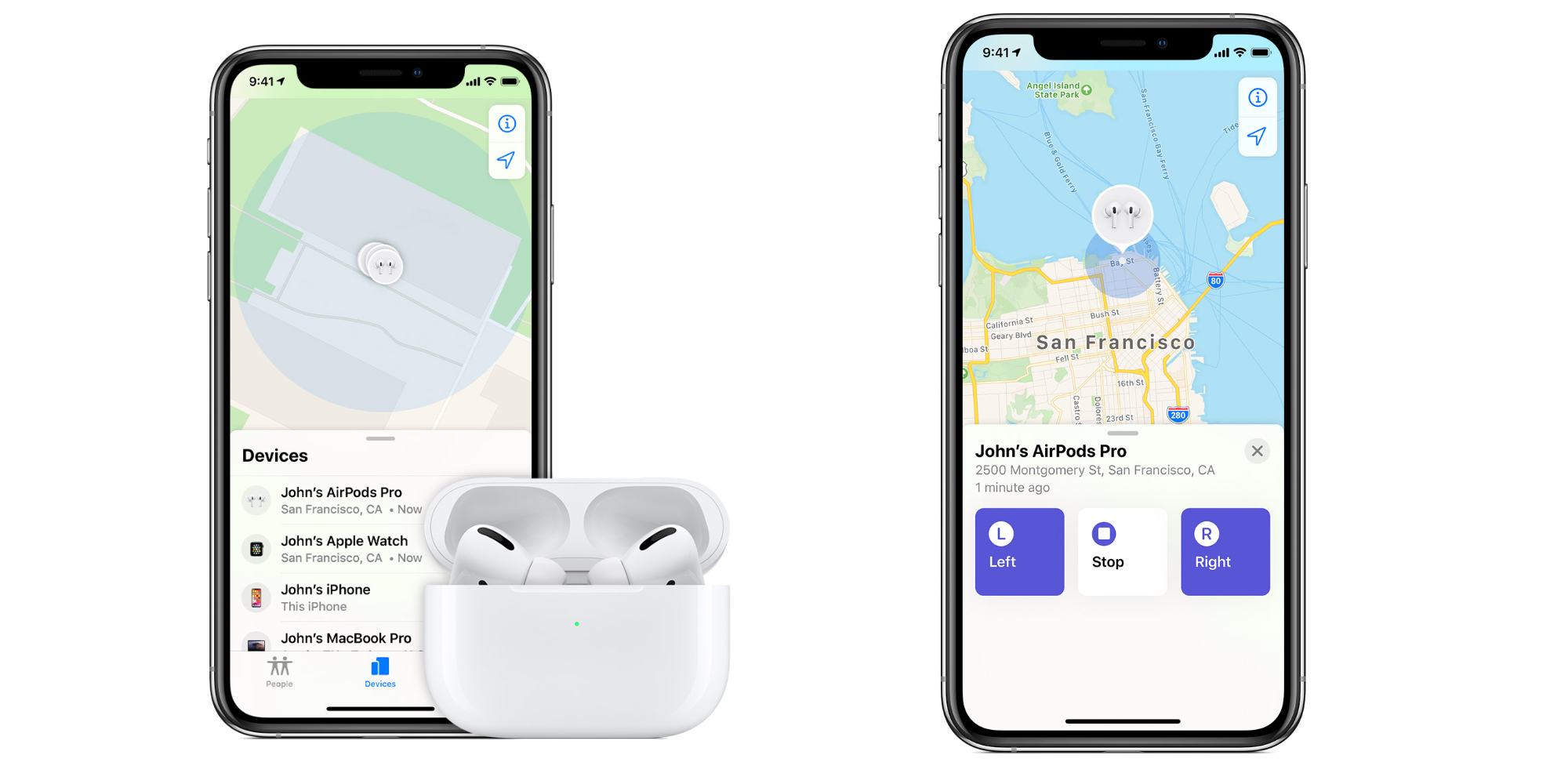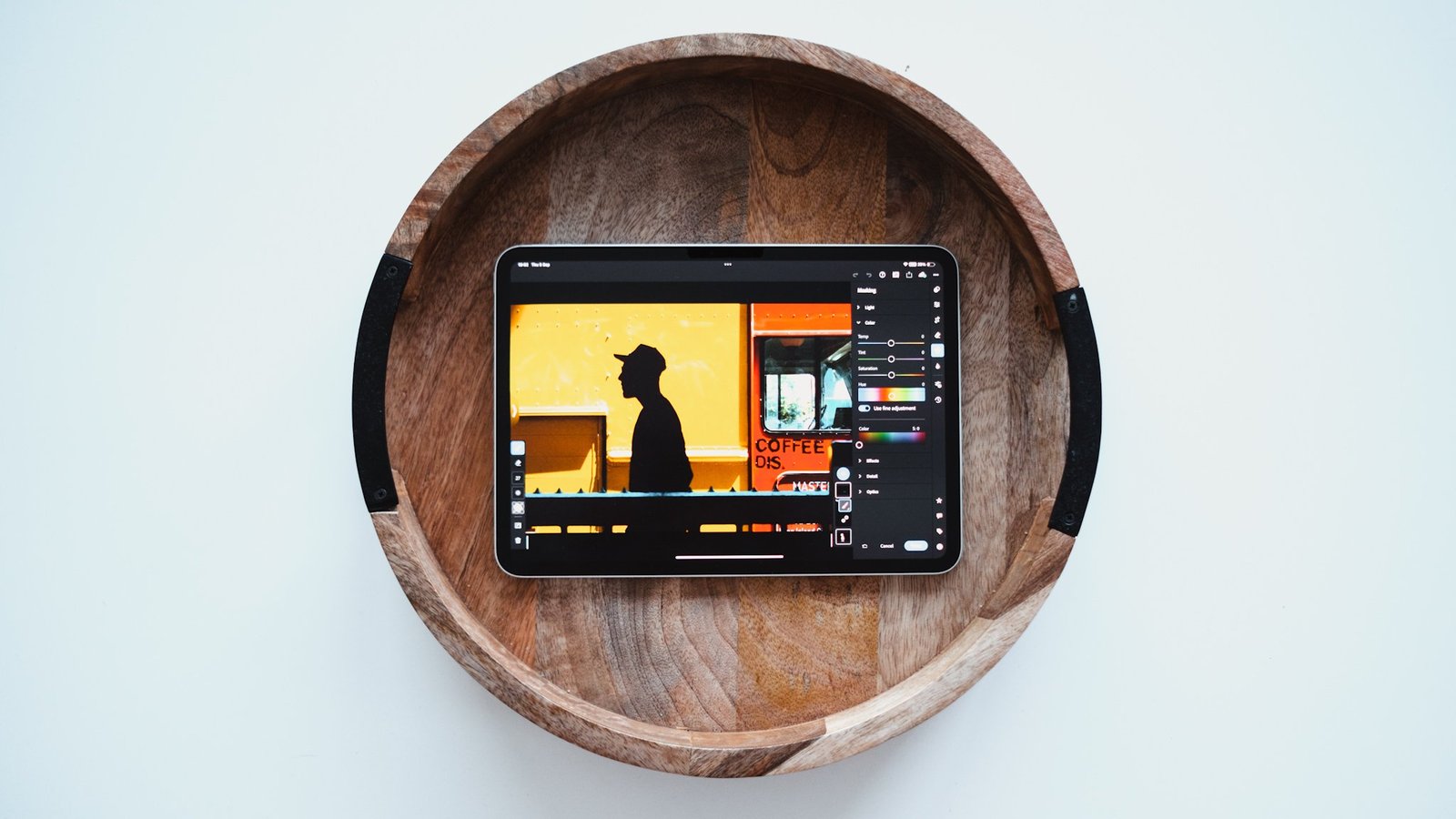OpenAI is setting the stage for a transformative leap in the entertainment industry with its pioneering AI text-to-video technology. This move not only represents a significant shift in how content might be created and consumed in Hollywood but also signals a new battleground in the generative AI space. OpenAI, known for its revolutionary contributions to AI with products like ChatGPT and DALL-E, is now venturing into an area that promises to blend the realms of AI-generated content with traditional storytelling and film production.
Key Highlights:
- OpenAI’s exploration into AI text-to-video technology is poised to revolutionize content creation in Hollywood.
- The new technology leverages advancements in generative AI, offering a novel way to produce video content from textual descriptions.
- This initiative aligns with OpenAI’s broader mission of advancing AI technology safely and responsibly for humanity’s benefit.
In recent developments, OpenAI has projected a significant increase in its revenue, aiming for $1 billion by 2024, underscoring the potential financial impact of its AI technologies. This projection is supported by its diversified applications ranging from AI copywriting tools to video generation, indicating the broad applicability and demand for such technologies across various sectors, including entertainment.
Moreover, the underlying infrastructure enabling these AI advancements, such as NVIDIA’s new H100 GPUs, plays a crucial role. These GPUs are designed to handle the demands of large language models like GPT, which powers ChatGPT, and are integral to the development and deployment of AI text-to-video technology. NVIDIA’s commitment to AI infrastructure, as evidenced by the full production of the NVIDIA DGX H100, equipped with eight H100 GPUs, further illustrates the technological backbone that supports OpenAI’s endeavors.
The potential for AI to disrupt the Hollywood landscape comes with its set of challenges and opportunities. While the technology promises to democratize content creation, offering tools to generate high-quality video content from simple text prompts, it also raises questions about creativity, copyright, and the future role of human creators in the entertainment industry.
As OpenAI continues to navigate the financial and technological complexities of implementing AI in new domains, its venture into Hollywood with AI text-to-video technology highlights a pivotal moment in the convergence of AI and entertainment. The move not only showcases the growing capabilities and applications of generative AI but also sets a precedent for how technology companies can impact traditional industries by offering innovative solutions to age-old challenges.
The capabilities of text-to-video AI tools are reaching a point where they could feasibly replace human actors in certain scenarios, such as NVIDIA’s NeRF, which can create lifelike 3D animations from 2D images. This suggests a future where digital recreations could potentially make directors and actors obsolete in some contexts. Nevertheless, these advancements are accompanied by significant ethical dilemmas, particularly regarding the potential for misuse in creating deepfakes and spreading misinformation.
The integration of text-to-video technology in Hollywood presents a dual-edged sword, offering tremendous opportunities for creativity and efficiency while posing threats to the traditional roles of human creatives. As the technology advances, the industry faces the challenge of navigating these ethical and practical hurdles to leverage AI responsibly.
In essence, OpenAI’s foray into Hollywood with its AI text-to-video product underscores a broader trend of technological innovation reshaping industry boundaries. While the full impact of this technology on Hollywood remains to be seen, it undoubtedly marks a significant step forward in the journey of AI, from a tool for generating text and images to a potential cornerstone of video production. This evolution reflects the growing ambition and scope of AI technologies, promising a future where the creation of digital content is limited only by imagination.

















